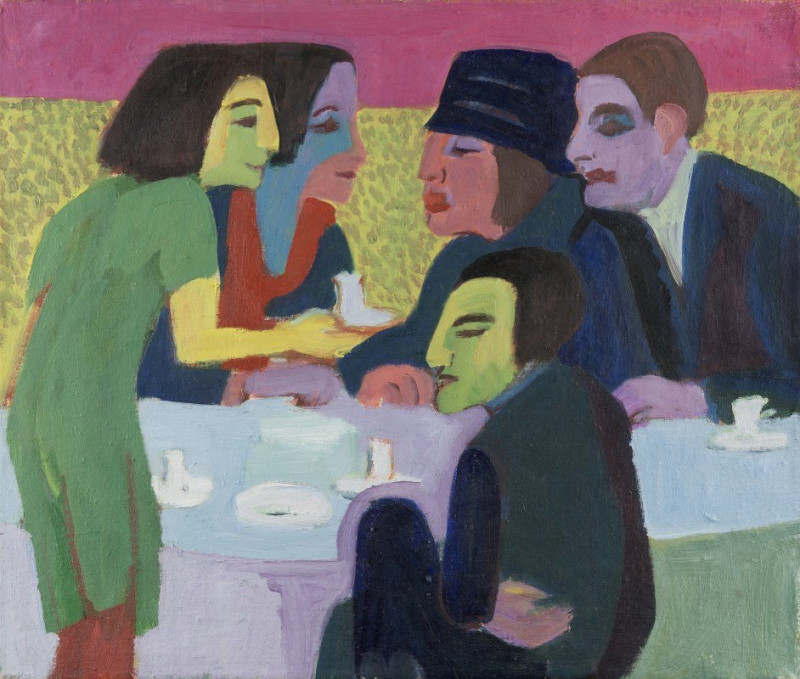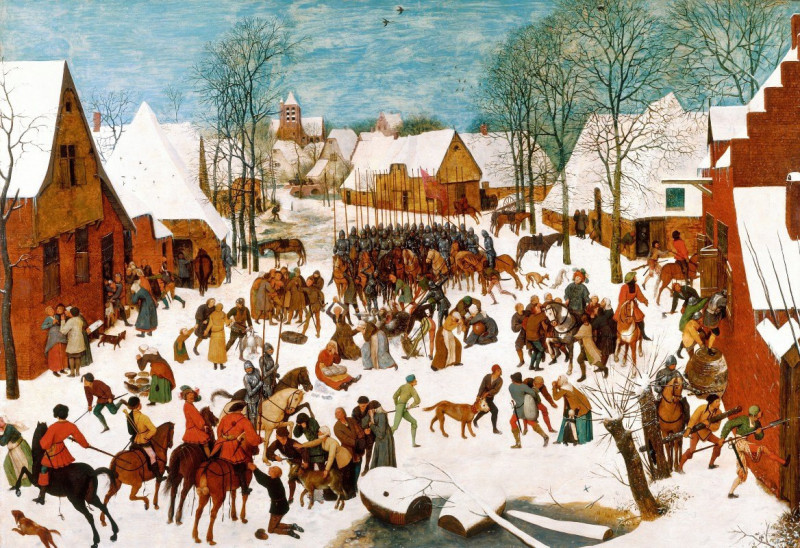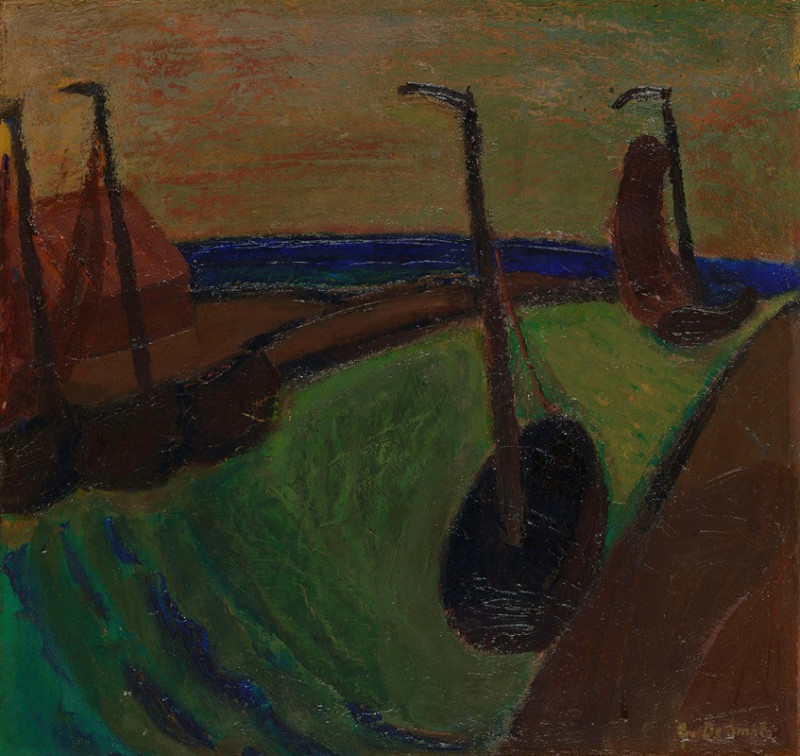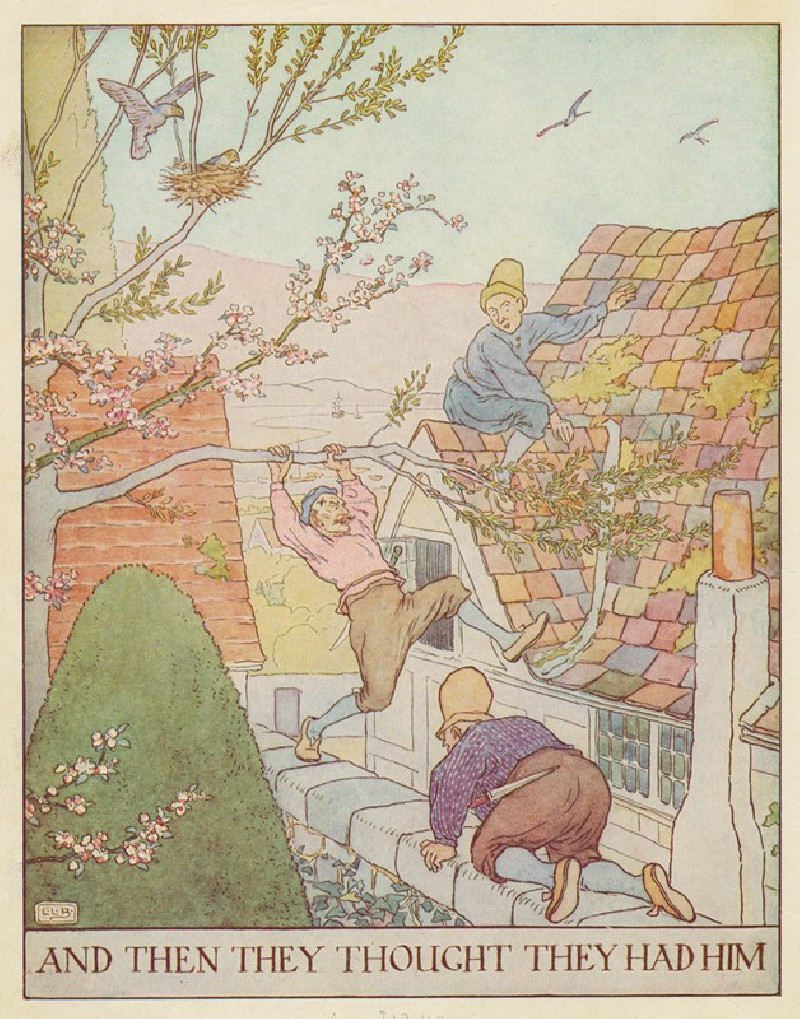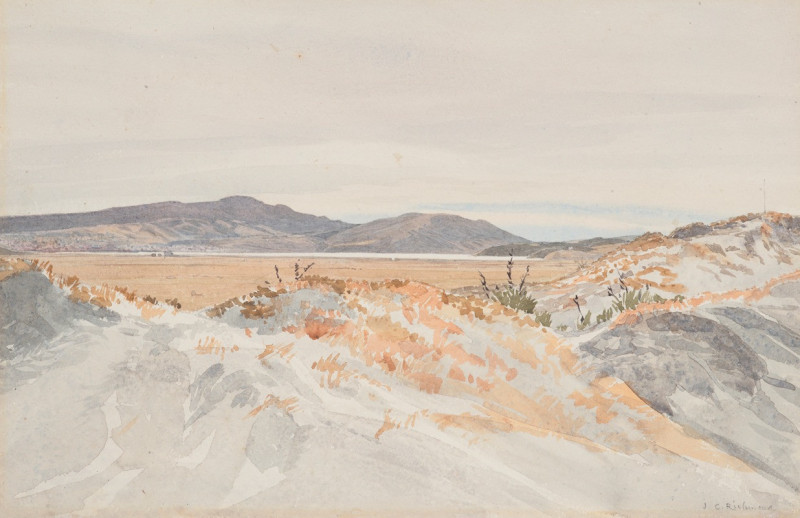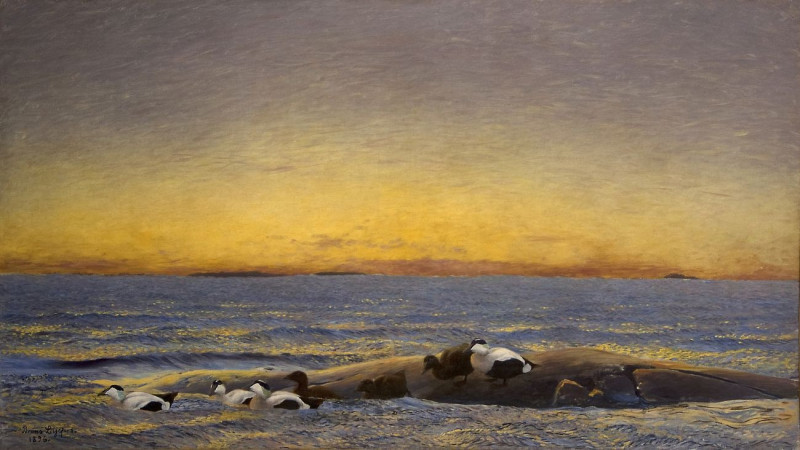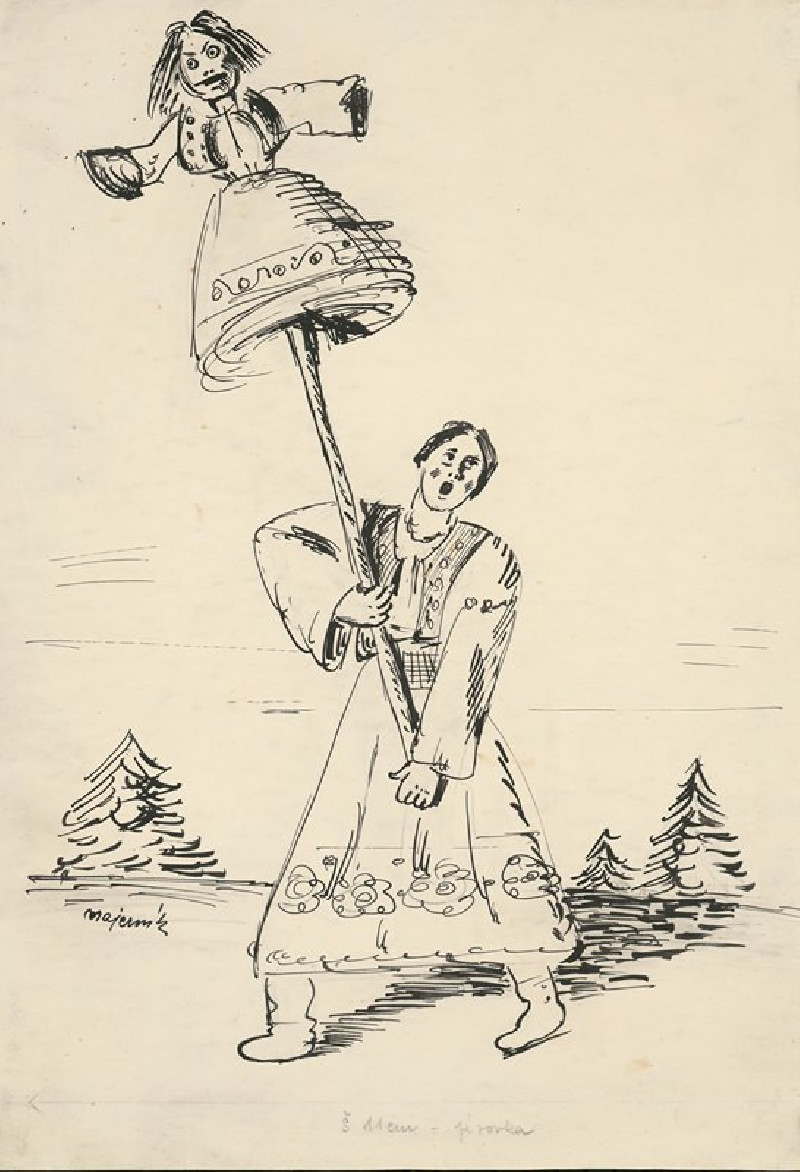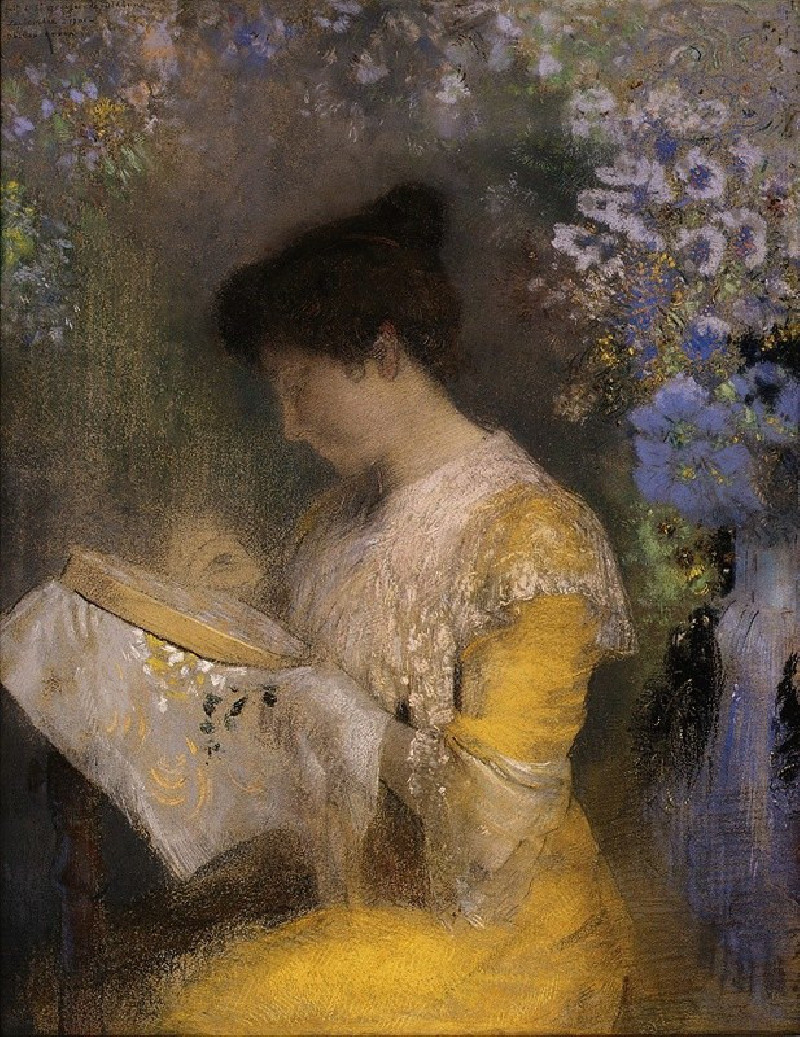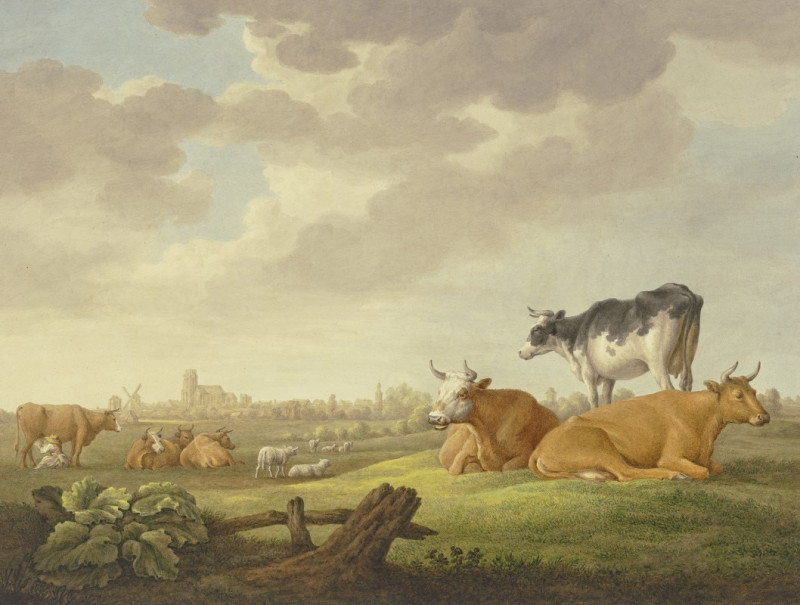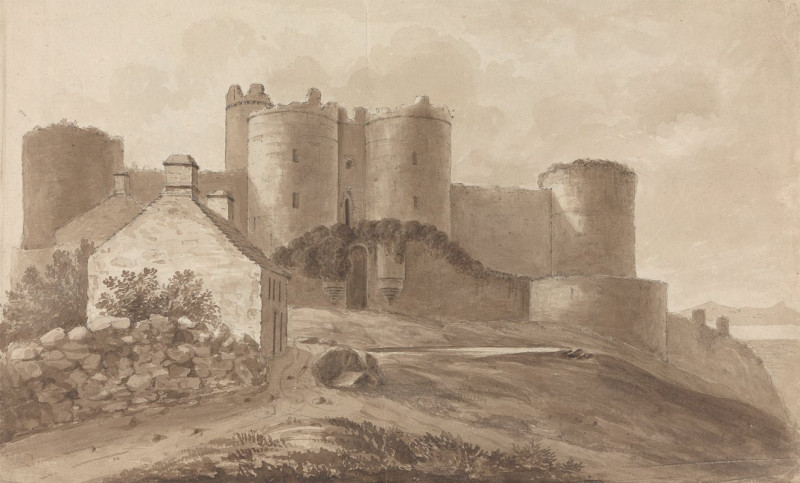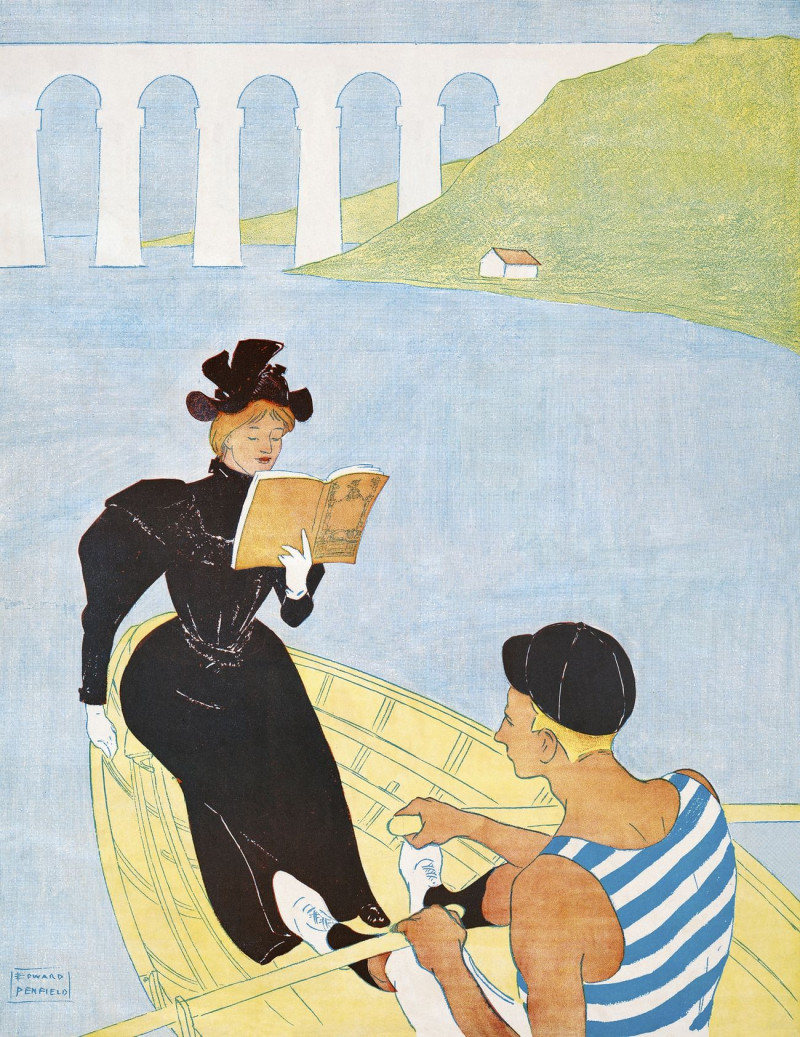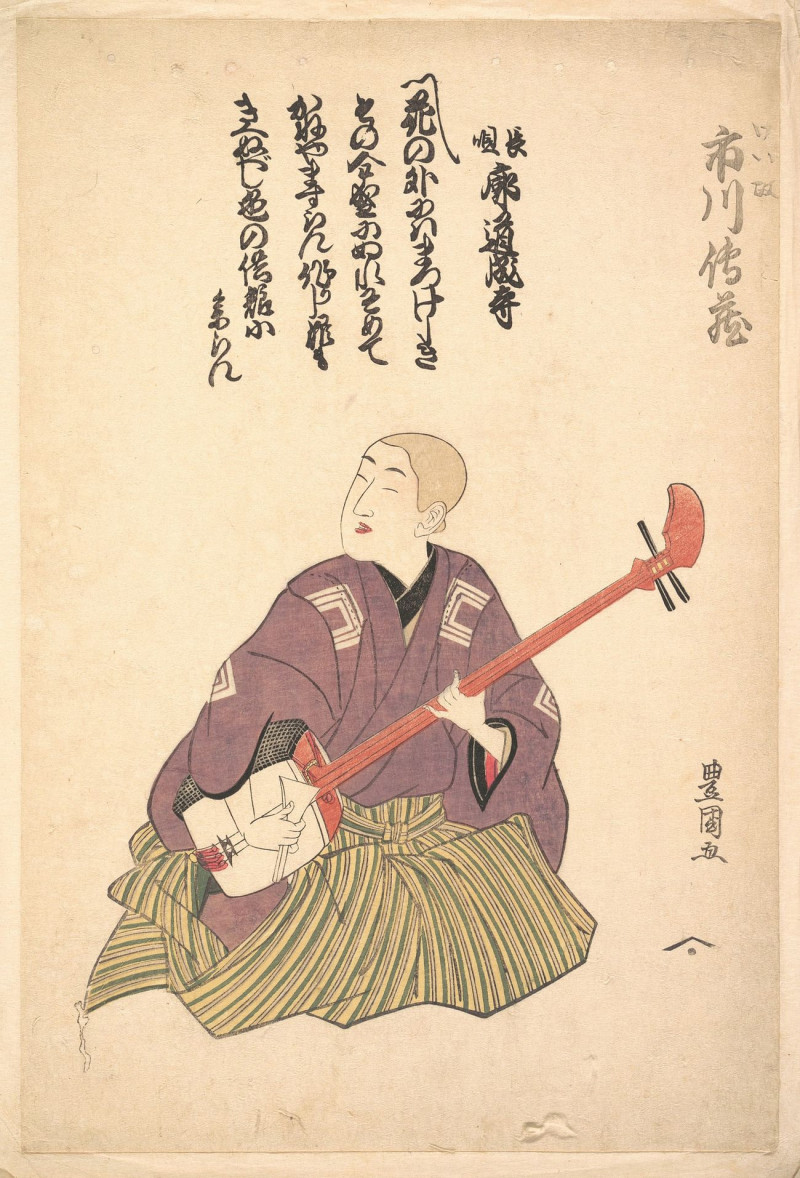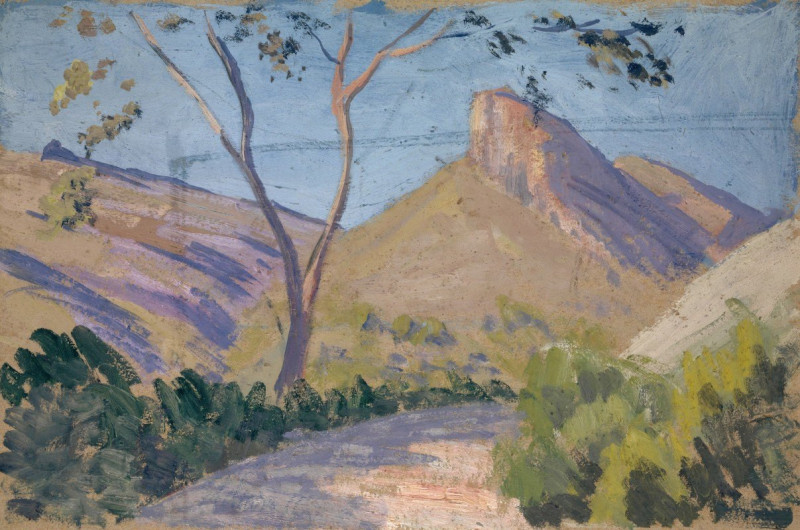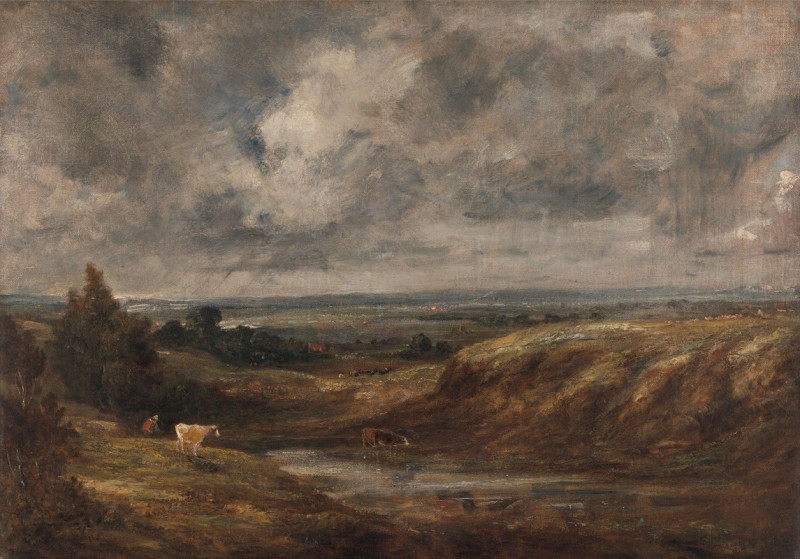Scene at a Café (ca. 1926)
Technique: Giclée quality print
Recommended by our customers
More about this artwork
"Scene at a Café" (ca. 1926) by Ernst Ludwig Kirchner captures a vivid snapshot of social interaction in an urban café setting, a popular theme in the modernist art movements of the early 20th century. Kirchner, a key member of the Expressionist group Die Brücke, utilizes bold colors and emotive forms to depict the complexities of human connections and societal dynamics.This painting portrays four individuals seated around a small café table, deeply engaged in conversation. The composition is rich with contrasting colors and abstract forms, creating a sense of movement and dialogue that seems to pulsate beyond the confines of the canvas. The two women and two men are rendered with elongated, mask-like faces and simplified features that emphasize the expressive quality of their interaction rather than their individual identities.The use of garish greens, blues, and pinks not only breaks away from naturalistic coloration but also suggests a psychological depth, highlighting the emotional undercurrents of the café scene. This vibrant tableau reflects Kirchner's interest in the intensity of city life and his mastery in conveying psychological tension and the rhythm of social exchanges through his distinctive brushwork and color palette."Scene at a Café" invites viewers to explore the layered dynamics of public and private realms, presenting a moment frozen in time yet brimming with narrative potential.
Delivery
Returns
Ernst Ludwig Kirchner (1880–1938) was one of the most important German Expressionist painters. He was a co-founder of Die Brücke, a group of German expressionist artists formed in Dresden in 1905. Die Brücke and Kirchner took inspiration from Vincent Van Gogh and Edvard Munch, as well as African and Oceanic art. They used woodblock printing as a medium to showcase their signature style: flat, unrealistic images with vivid colors. The recurring themes in Kirchner's artworks included exotic cultures, faraway landscapes, self-portraits, dancers and Berlin street life. His paintings and prints effectively portrayed non-European cultures despite the fact that he never traveled outside of Europe.

